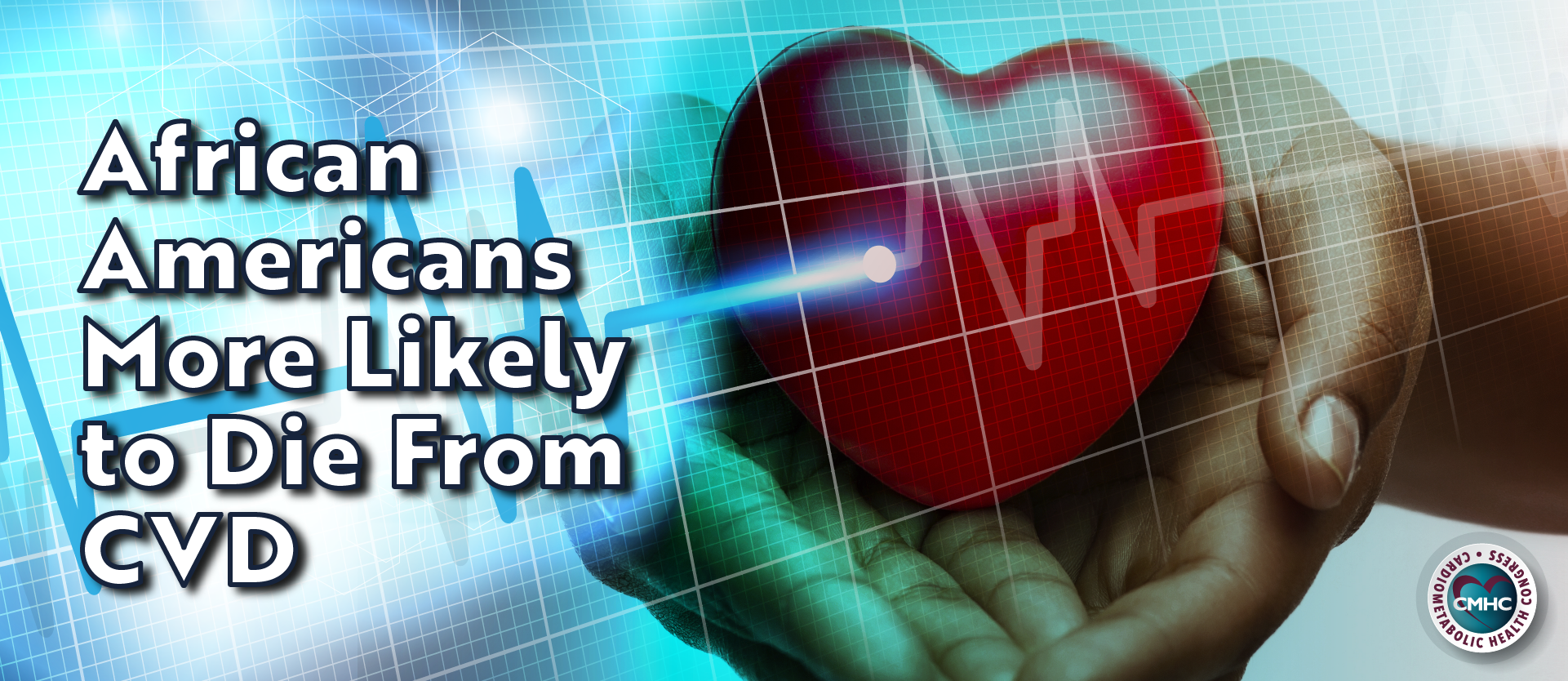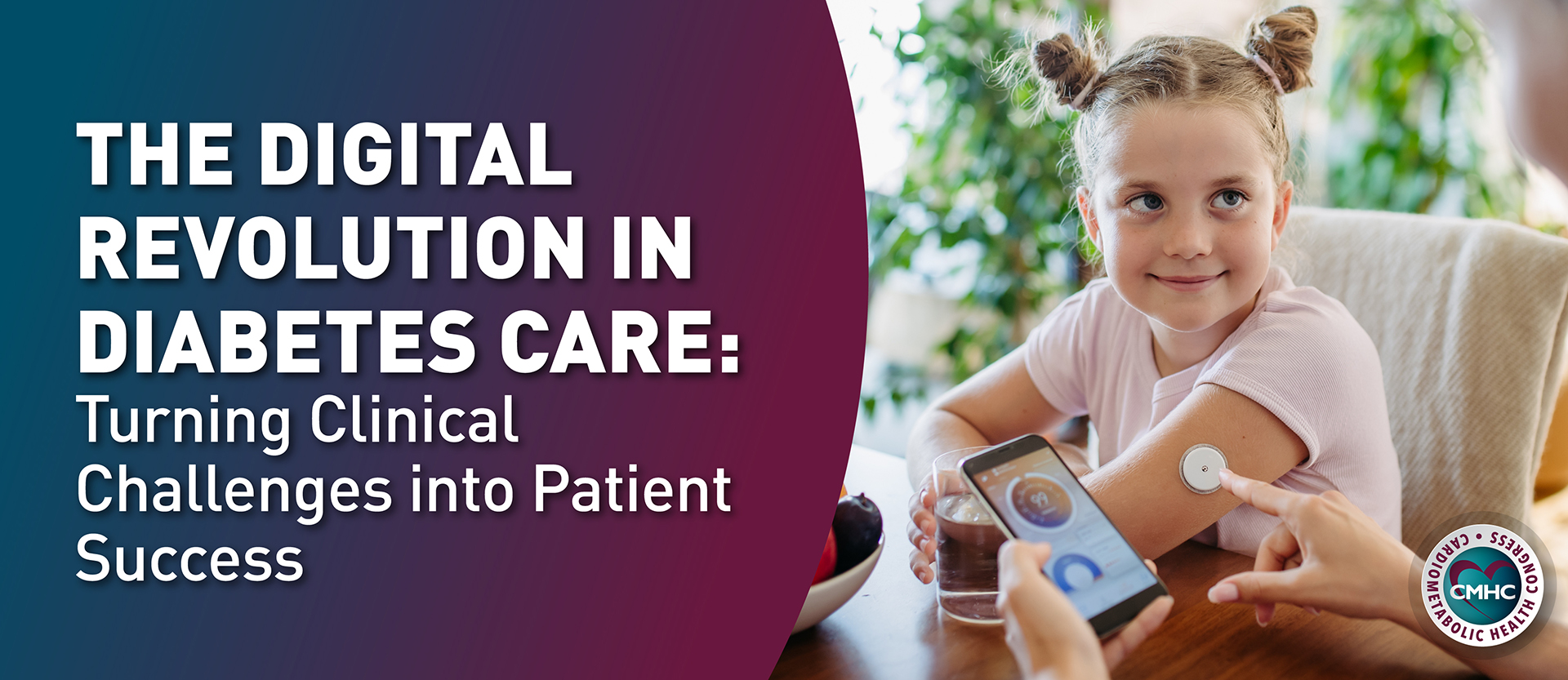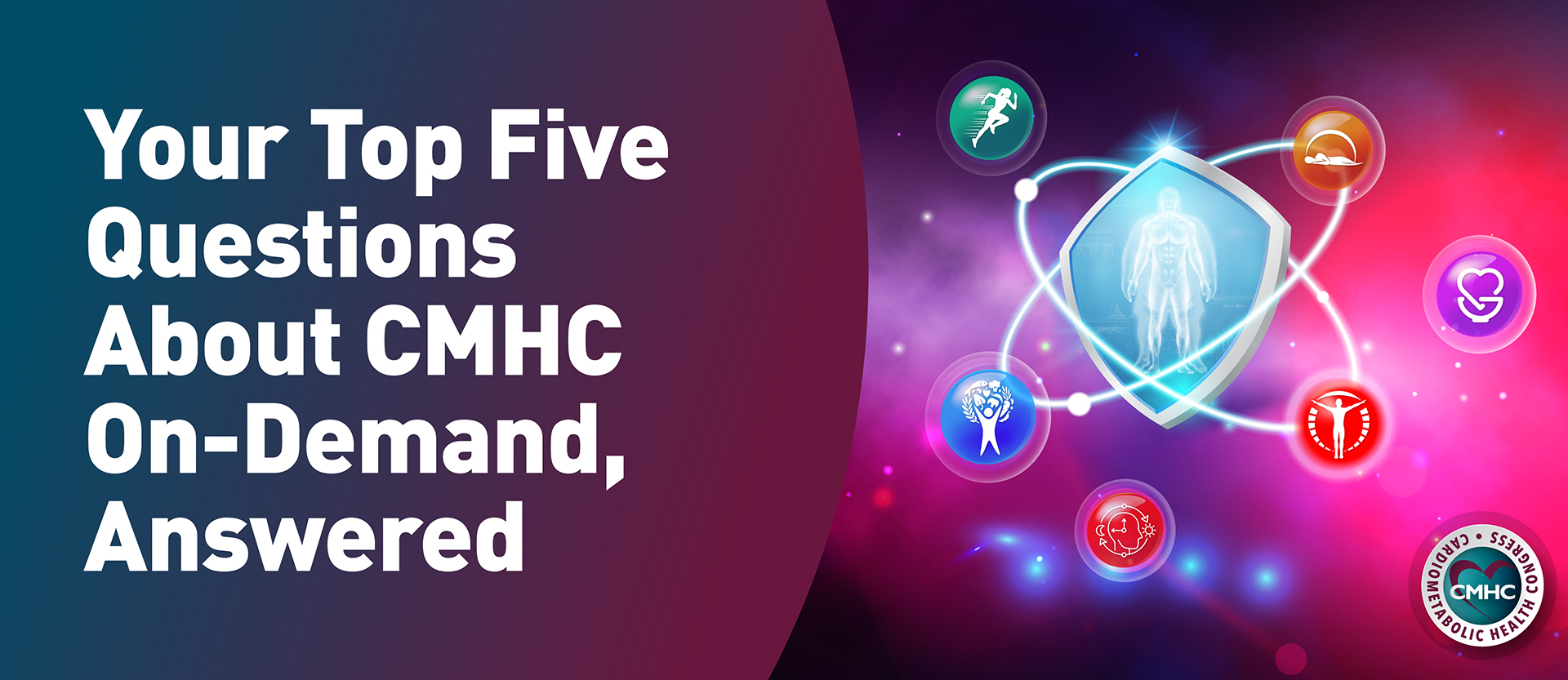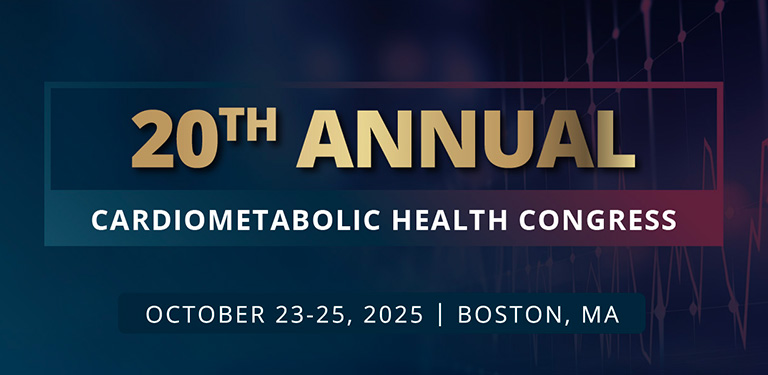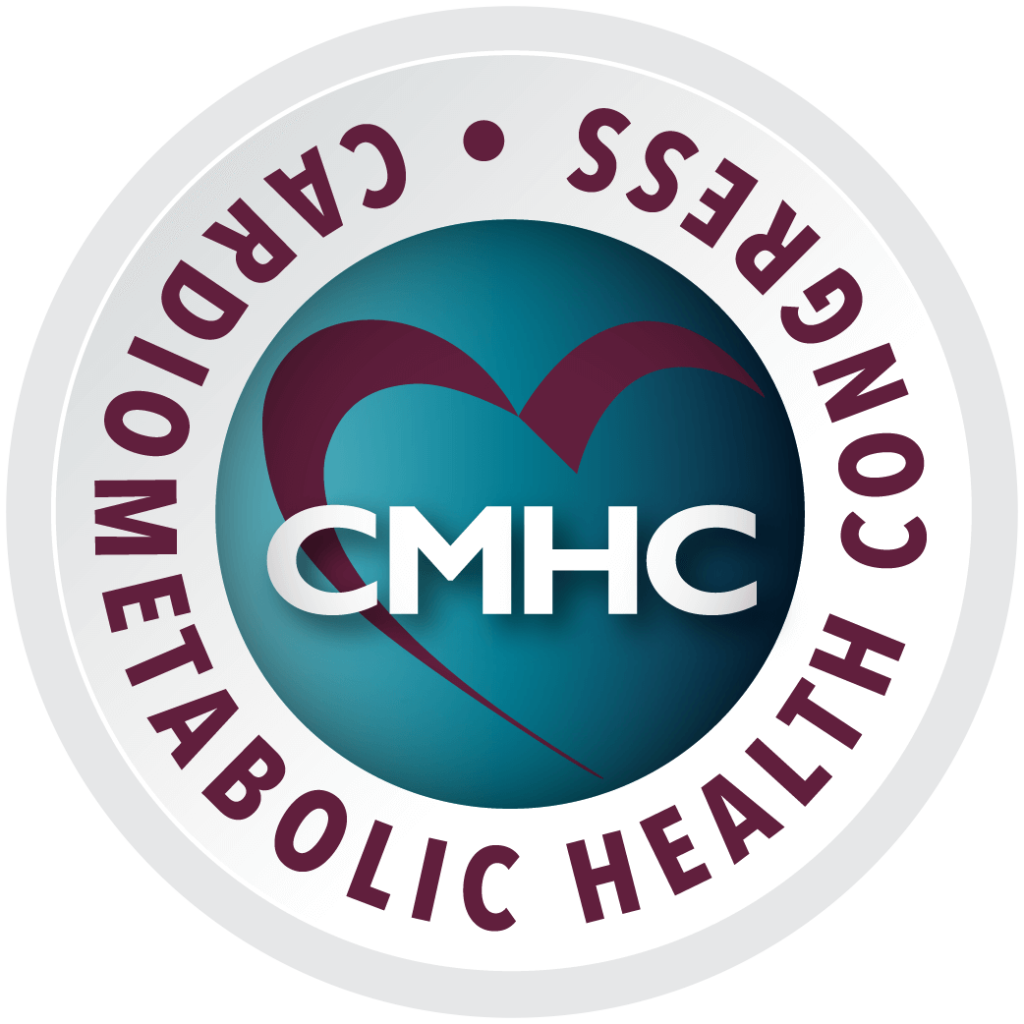According to the American Heart Association, African Americans experience significantly worsened cardiovascular health, and thus face greater mortality rates from heart disease. African Americans die an average of 3.4 years before white Americans, a gap largely attributable to widespread cardiovascular disease and increased risk factors. Recent publication of a scientific statement from the organization reads: “The burden of cardiovascular disease in the African American community remains high and is a primary cause of disparities in life expectancy between African Americans and whites.” More recently, new research indicates that African-Americans suffer hypertensive crisis at a rate five times higher than the national average.
Dr. Mercedes R. Carnethon from Northwestern University Preventive Medicine in Chicago states that traditional cardiovascular risk factors—including high blood pressure, diabetes, obesity, and atherosclerosis—are not only more common among African Americans, but also manifest at relatively young ages. Data indicates that high blood pressure is diagnosed in 13.8 percent of black children, compared to 8.5 percent in white children. The risk of persisting hypertension in black adults, throughout adulthood, is 1.5 times higher than in whites. “Interrupting this process by preventing the early onset of cardiovascular diseases is one strategy to reduce disparities in cardiovascular disease mortality,” Dr. Carnethon writes.
The research team at the American Heart Association notes that circumstances have remained fairly stagnant since 2005; relatively little has changed since that year, when the same journal pointed to disparities in the rates of cardiovascular disease, disease management, and outcomes for African Americans. While genetic differences between African Americans and other groups do not account for the disparities in cardiovascular disease rates and outcomes, many of the variances arise from “unhealthy behaviors, lower implementation of guidelines shown to improve cardiovascular health, ingrained cultural preferences and attitudes, and lack of persistence in following lifestyle changes that need to be lifelong.”
While Dr. Carnethon’s team notes that cardiovascular disease is often preventable through the implementation and continued practice of a healthy, nutritious lifestyle, she discusses the inherent difficulties faced by many African Americans—particularly those in lower income groups—in accessing the necessary resources to lead healthy lifestyles: specifically, access to healthful foods, safe spaces for physical activity and exercise, and homes that allow for restorative sleep. Moreover, she argues that despite the strides our country has made in broadening access to healthcare, many African-Americans are still unable to afford and prioritize preventive care visits.
Dr. LaPrincess Brewer from the Mayo Clinic in Rochester, Minnesota has continuously worked to promote cardiovascular health in African-American communities, promotes “culturally relevant, community-based cardiovascular health interventions that focus more on positive motivation towards promoting cardiovascular health rather than the negative impact of cardiovascular disease.” Through increased awareness, and a collective, collaborative effort on the part of clinicians, public health workers, researchers, social services, and community stakeholders, the high burden of traditional risk factors among African Americans can be addressed—in tandem with the intrinsic social and environmental contextual barriers faced by this specific population.
At the upcoming 13th Annual CMHC, the CME Breakfast Symposium “The ABC Access Program: Overcoming Barriers to Access of Newer Cardiovascular Agents for High-Risk and Minority” will focus on the challenges faced by high-risk and minority patients. Hosted in partnership with the Association of Black Cardiologists, Inc., this session will highlight ongoing initiatives to overcoming barriers to access, and provide best practices for applying solutions to real-world clinical scenarios.


